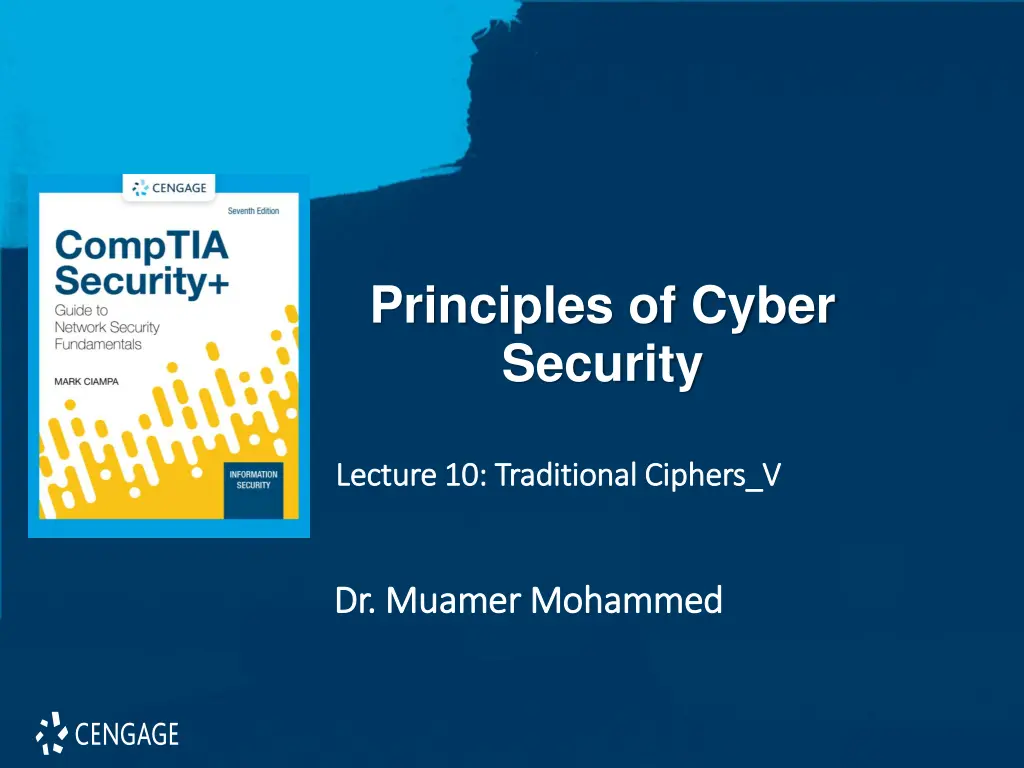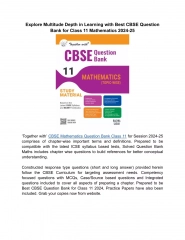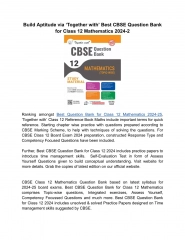
Traditional Ciphers and Vigenre Cipher: Principles of Cyber Security
Explore traditional ciphers and delve into the Vigenre Cipher as an example of a polyalphabetic cipher. Learn about encryption algorithms, decryption processes, and cryptanalysis techniques in the context of cyber security.
Download Presentation

Please find below an Image/Link to download the presentation.
The content on the website is provided AS IS for your information and personal use only. It may not be sold, licensed, or shared on other websites without obtaining consent from the author. If you encounter any issues during the download, it is possible that the publisher has removed the file from their server.
You are allowed to download the files provided on this website for personal or commercial use, subject to the condition that they are used lawfully. All files are the property of their respective owners.
The content on the website is provided AS IS for your information and personal use only. It may not be sold, licensed, or shared on other websites without obtaining consent from the author.
E N D
Presentation Transcript
Principles of Cyber Security Lecture Lecture 10 10: : Traditional Traditional Ciphers_V Ciphers_V Dr. Dr. Muamer Muamer Mohammed Mohammed 1
Objectives Describe Substitution Ciphers 11.1 algorithms (Vigen re Cipher).
Vigenre Cipher The Vigen re Cipher is an example of a polyalphabetic cipher, sometimes called a running key cipher because the key is another text. Start with a key string: monitors to go to the bathroom and a plaintext to encrypt: four score and seven years ago. Align the two texts, possibly removing spaces: plaintext: fours corea ndsev enyea rsago key: monit orsto gotot hebat hroom ciphertext: rcizl qfkxo trlso lrzet yjoua Then use the letter pairs to look up an encryption in a table (called a Vigen re Tableau or tabula recta). What is the corresponding decryption algorithm? 3
Cryptanalysis on Vigenre Cipher The Vigen re Cipher selects one of twenty-six different Caesar Ciphers, depending upon the corresponding letter in the key. Running key ciphers are susceptible to statistical analysis. Both key and plaintext are English language strings and so have the entropy characteristics of English. In particular, the letters A, E, O, T, N, I make up approximately 50% of English text. Thus, at approximately 25% of indices, these can be expected to coincide. This is an example of a regularity in the ciphertext that would not be expected merely from chance. 5






















